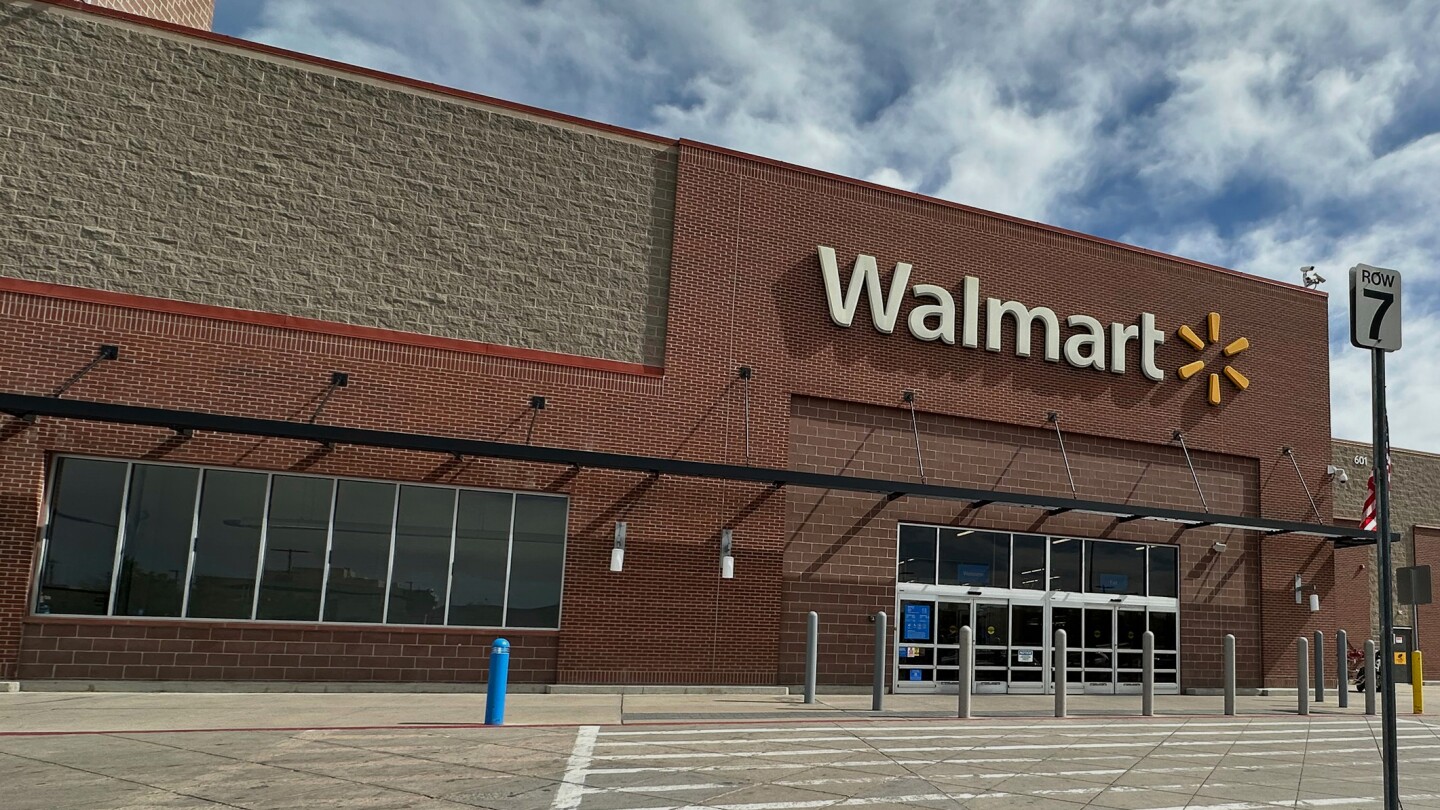Trump Issues Stern Warning to Walmart Over Potential Tariff-Related Price Hikes
Former President Donald Trump delivered a sharp warning to Walmart this week, urging the retail giant to absorb costs from his proposed tariffs rather than pass them on to consumers. The statement, made during a campaign stop in Michigan, escalates tensions between the presumptive GOP nominee and corporate America over trade policies that could reshape the U.S. economy. Trump vowed to impose sweeping tariffs—potentially 60% on Chinese goods and 10% across the board—if reelected, setting the stage for a showdown with retailers.
Corporate Responsibility vs. Economic Reality
The confrontation spotlights a fundamental tension in Trump’s trade philosophy: while tariffs aim to boost domestic manufacturing, they often increase costs for import-dependent retailers. Walmart, which sources approximately 40% of its merchandise from China according to 2023 supply chain disclosures, faces an impossible dilemma. Either eat billions in new costs or risk alienating price-sensitive shoppers—60% of whom earn under $75,000 annually, per company filings.
“When I’m president, Walmart won’t be jacking up prices on hardworking Americans,” Trump declared. “These companies have gotten rich off our broken trade system—they can afford to tighten their belts for once.”
Retail analysts warn the math doesn’t add up. A 10% universal tariff could cost Walmart $3.1 billion annually, estimates from the National Retail Federation suggest. “Margins in mass retail hover around 3-4%,” explained supply chain expert Dr. Lisa Chen of Georgetown University. “Absorbing double-digit tariff hikes would require either massive layoffs or inventory reductions—neither benefits consumers long-term.”
How Tariffs Could Reshape Retail Economics
Historical data reveals mixed outcomes from Trump’s first-term tariffs. A 2021 Peterson Institute study found his steel and aluminum levies:
- Saved 3,200 metal production jobs
- Cost consumers $900,000 per job created
- Triggered $16 billion in agricultural export losses from retaliatory tariffs
Modern retail operates on vastly thinner margins than manufacturing. While automakers might offset tariffs by reshoring production, Walmart’s “Everyday Low Price” model relies on globalized supply chains. The company has increased U.S.-made purchases by $350 billion since 2013, but alternatives for electronics, apparel, and home goods remain limited.
Stakeholders Brace for Impact
Investors reacted swiftly to the news, with Walmart shares dipping 1.8% following Trump’s remarks. Meanwhile, labor advocates see an opportunity. “If Walmart can afford $20 billion in stock buybacks last year, they can afford to protect workers and customers from price shocks,” argued United Food and Commercial Workers spokesperson Marc Perrone.
Conversely, free-market economists warn of unintended consequences. “Forcing retailers to subsidize trade policy distorts markets,” said Cato Institute trade analyst Scott Lincicome. “History shows costs always cascade—to workers through reduced hours, to suppliers through squeezed contracts, and ultimately back to consumers.”
The Political Calculus Behind the Warning
Trump’s targeting of America’s largest private employer (with 1.6 million U.S. workers) carries calculated risks. Walmart shoppers overlap heavily with the working-class base that fueled his 2016 victory. By framing the issue as corporate greed versus consumer protection, he potentially inoculates against Democratic attacks portraying tariffs as hidden taxes.
Yet the strategy faces headwinds:
- Inflation remains voters’ top economic concern (Gallup, April 2024)
- 68% of Americans view corporate price hikes as unjustified (Pew Research)
- Walmart serves 240 million customers weekly—a powerful constituency
“This is brinkmanship with high stakes,” noted political strategist Ana Navarro. “If Walmart blinks, it validates Trump’s strongman approach. If they resist, he paints them as anti-American—a no-win scenario for the retailer.”
What Comes Next for Consumers and Businesses?
With the election six months away, businesses face unprecedented uncertainty. Some retailers have begun contingency planning:
- Diversifying sourcing beyond China (Vietnam and India imports up 27% since 2022)
- Investing in automation to offset labor costs (retail robotics spending hit $8.4B in 2023)
- Lobbying for exemptions through industry groups
For shoppers, the implications could prove severe. Moody’s Analytics estimates broad tariffs might:
- Add $1,500 annually to middle-class household costs
- Reduce GDP growth by 0.5 percentage points
- Trigger 300,000 job losses in retail and logistics
As the debate intensifies, one reality becomes clear: the battle between Walmart and Trump symbolizes larger struggles over globalization’s future. Whether through price tags, paychecks, or political ads, Americans will soon feel the consequences.
Stay informed on this developing story by subscribing to our trade policy newsletter for weekly analysis on how macroeconomic shifts impact household budgets.
See more Business Focus Insider Team

